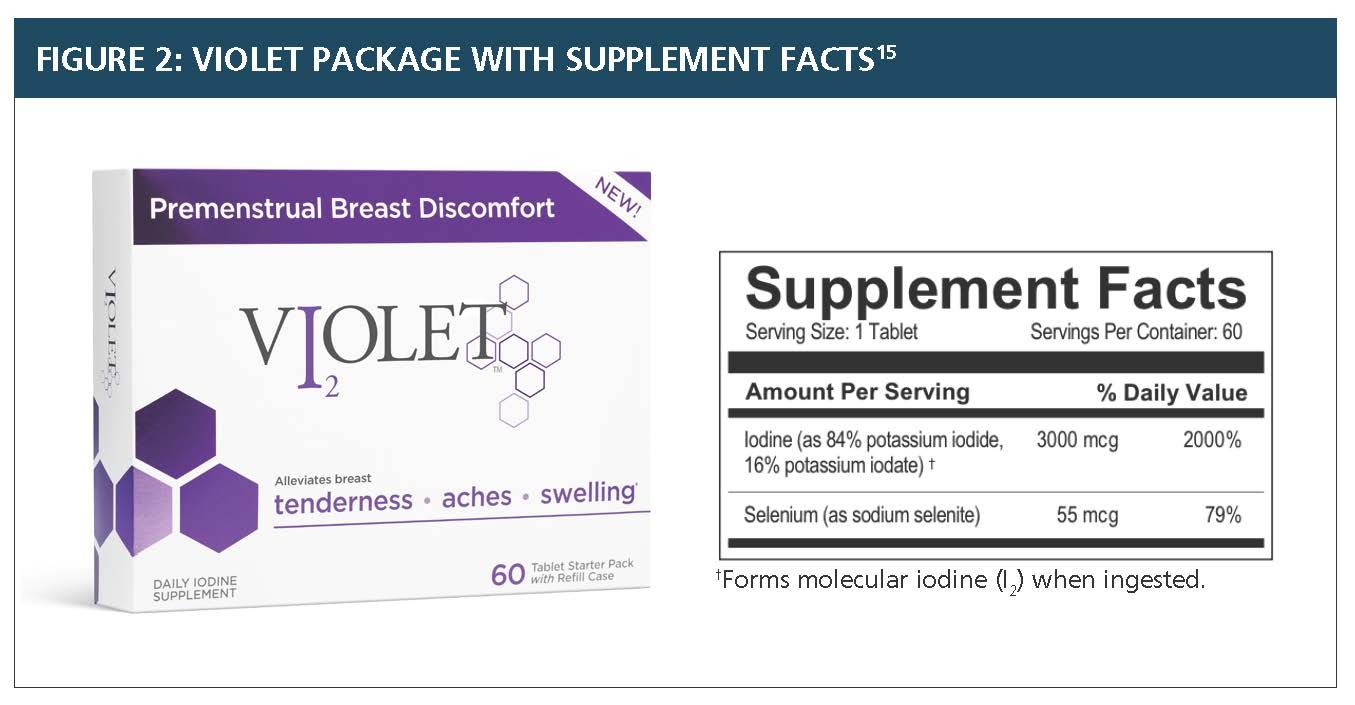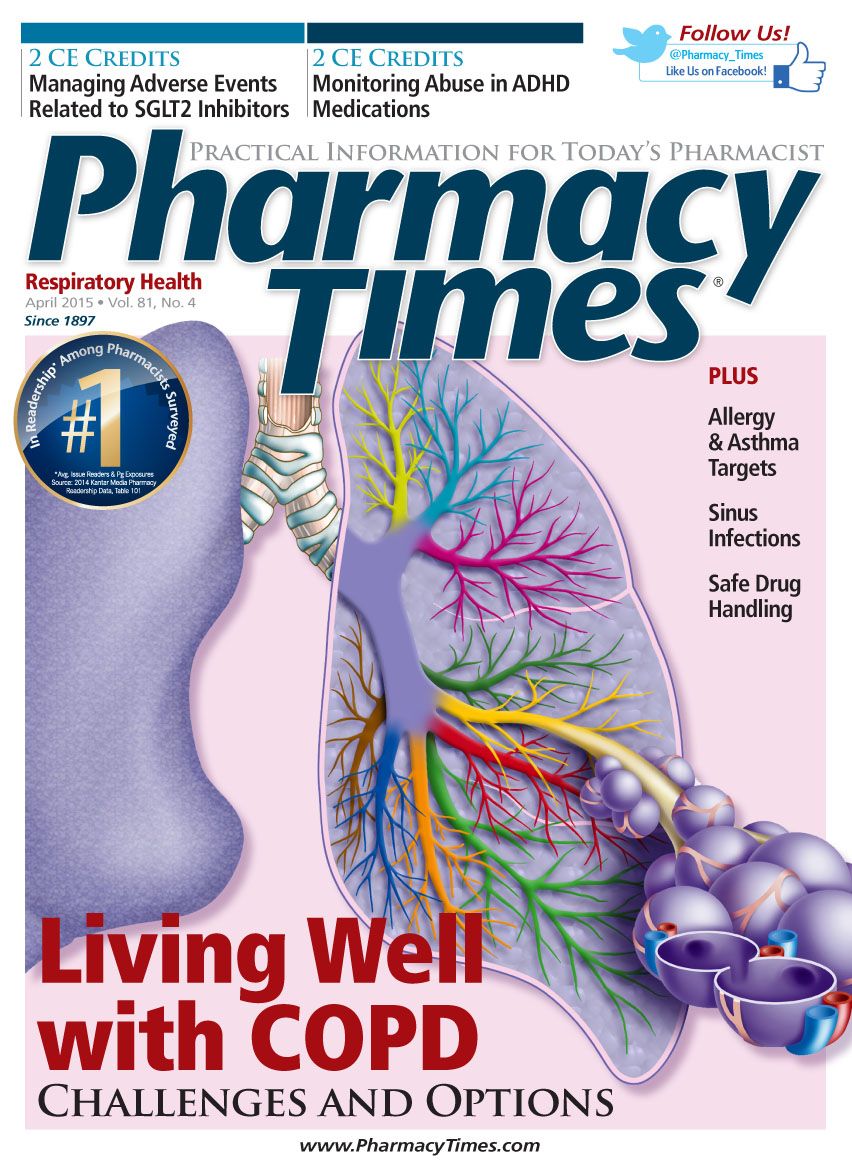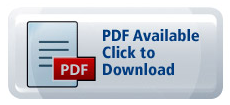Publication
Article
Pharmacy Times
Managing Fibrocystic Breast Changes and Pain: Perspectives for the Pharmacist
This article was sponsored by BioPharmX.
Fibrocystic breast changes (FBC) occur in approximately 50% of women of childbearing age, and some studies indicate that the lifetime prevalence of FBC may be as high as 70% to 90%.1-3 These changes may include appearance of benign lumps that can be felt in the breast tissue, as well as tenderness, aches, and swelling that occur with increased severity before the menstrual cycle and begin to subside during menstruation.3,4 This cyclic breast pain may be moderate to severe in approximately one-third of patients with FBC and last for more than 1 week of each monthly cycle.5
Managing Symptoms
Traditional management options for FBC may include prescription treatments such as danazol, tamoxifen, progesterone, and bromocriptine.2 In general, these treatments are not well tolerated, and symptoms may return several months after discontinuation of treatment.4,6 Additionally, danazol may cause suppression of ovarian function, bromocriptine may reduce levels of the hormone prolactin, and the anti-estrogen tamoxifen is a category D pregnancy drug.6-8
Nonprescription pain management options include local application of heat, analgesics, diuretics, and reducing caffeine intake,4,5 although these treatments typically do not provide sufficient relief. In one study, only 50% of patients who tried 1 or more nonprescription treatment options felt they were successful in reducing symptoms.4
Management of FBC is currently nonstandardized, as there are no established US guidelines for treatment of symptoms of this condition.5 The lack of guidelines and the adverse effects of prescription medications lead many women to forgo treatment altogether. Molecular iodine, a new treatment option for FBC that may help fill the unmet needs of these patients, has demonstrated efficacy and safety in a form unique from iodide. Unlike iodide, molecular iodine is a molecule, not a salt; as a result, it acts differently from iodide in the body and exerts different effects.2,9,10
Clinical Study
Ghent and colleagues studied molecular iodine in 1365 women with FBC over 4813 woman-years of treatment (a mean of 191 days of follow-up). Approximately two-thirds (63.8%) of patients enrolled in the study were premenopausal; the remaining 36.2% of patients were postmenopausal. Over the course of the study, reductions in both objective and subjective pain scores were measured (Figure 1).2 Additionally, in a 145-patient crossover series leading up to the 1365-patient trial, 75% of women experienced an improvement in symptoms and reported having pain-free breasts.2
How Molecular Iodine Reduces Symptoms of FBC
Researchers observed that a lack of molecular iodine in the diet may increase the sensitivity of breast cells to the effects of estrogen, including swelling, fluid build up, and an increase in breast tissue cell numbers.2 As a result, molecular iodine was considered as a possible therapy for FBC.11 Regular use of molecular iodine is also thought to help reduce the sensitivity of breast cells to the proliferative effects of estrogen, resulting in normalization of breast tissue and improvement in the symptoms associated with FBC.12,13 Consistent with this mechanism of action, treatment with molecular iodine in patients with FBC reduces swelling and helps reduce painful symptoms.2,10,11
Safety
In the 1365-patient trial previously mentioned, the most common adverse effects were initial transient increases in pain (5.7%), acne (1.1%), hair thinning (1.0%), and nausea (0.6%).2 Hypothyroidism and hyperthyroidism were very uncommon, occurring in only 0.1% and 0.3% of patients, respectively. Although changes in thyroid hormone levels were rare, patients with thyroid disorders are advised to consult their endocrinologist before taking molecular iodine.2,9 Molecular iodine has not been studied in pregnant patients.
About Violet Tablets: A Novel Treatment Option for FBC
Violet iodine is the first OTC treatment specifically designed to treat FBC.14 The molecular iodine in a Violet tablet provides 3000 mcg of iodine daily, a dose that is well tolerated; it is similar to the amount consumed as part of the daily diet of women in countries throughout Asia.11 Violet iodine also provides 55 mcg of selenium (79% of the daily value), an important nutrient that is a component of many of the enzymes in the body that process molecular iodine (Figure 2).1,15 Because molecular iodine slowly builds up in breast tissue over time, it is important to take Violet tablets every day.15

Role of the Pharmacist
Pharmacists can help patients with FBC by explaining that FBC is a treatable condition and encouraging active management. Aside from discussing prescription treatment options to manage symptoms, pharmacists can explain the use of Violet iodine, which is the first molecular iodine OTC product specifically designed to treat FBC. Pharmacists can let patients know that molecular iodine is different from other forms of iodine and therefore acts differently in the body. Important counseling points include ensuring that patients understand precautions for use of molecular iodine, such as thyroid disease and pregnancy. By educating patients about FBC and discussing some of the new options for long-term management of this painful condition, pharmacists can help patients reduce discomfort and achieve better outcomes.
References:
- Cann SA, van Netten JP, van Netten C. Hypothesis: iodine, selenium and the development of breast cancer. Cancer Causes Control. 2000;11(2):121-127.
- Ghent WR, Eskin BA, Low DA, Hill LP. Iodine replacement in fibrocystic disease of the breast. Can J Surg. 1993;36(5):453-460.
- Plu-Bureau G, Lê MG, Sitruk-Ware R, Thalabard JC. Cyclical mastalgia and breast cancer risk: results of a French cohort study. Cancer Epidemiol Biomarkers Prev. 2006;15(6):1229-1231.
- Ader DN, Browne MW. Prevalence and impact of cyclic mastalgia in a United States clinic-based sample. Am J Obstet Gynecol. 1997;177(1):126-132.
- Kessler JH. The effect of supraphysiologic levels of iodine on patients with cyclic mastalgia. Breast J. 2004;10(4):328-336.
- Danazol capsules [package insert]. Sellersville, PA: Teva; 2012.
- Parlodel tablets [package insert]. Suffern, NY: Novartis; 2012.
- Nolvadex tablets [package insert]. Wilmington, DE: AstraZeneca; 2004.
- Dong BJ, Greenspan FS. Thyroid & antithyroid drugs. In: Katzung BG, Masters SB, Trevor AJ. Basic & Clinical Pharmacology. 12 ed. New York, NY: McGraw Hill Medical; 2012.
- García-Solís P, Alfaro Y, Anguiano B, et al. Inhibition of N-methyl-N-nitrosourea-induced mammary carcinogenesis by molecular iodine (I2) but not by iodide (I-) treatment Evidence that I2 prevents cancer promotion. Mol Cell Endocrinol. 2005;236(1-2):49-57.
- Aceves C, Anguiano B, Delgado G. Is iodine a gatekeeper of the integrity of the mammary gland? J Mammary Gland Biol Neoplasia. 2005;10(2):189-196.
- Smyth PP. Role of iodine in antioxidant defence in thyroid and breast disease. Biofactors. 2003;19(3-4):121-130.
- Venturi S. Is there a role for iodine in breast diseases? Breast. 2001;10(5):379-382.
- Introducing VIOLET Iodine, new once-daily, non-prescription pill for relief of premenstrual breast discomfort [press release]. Menlo Park, CA: BioPharmX Corp; December 9, 2014. www.multivu.com/players/English/7378951-biopharmx-introducing-violet-iodine-premenstrual-breast-discomfort/. Accessed March 5, 2015.
- Violet [packaging]. Menlo Park, CA: BioPharmX Corp; 2014.








